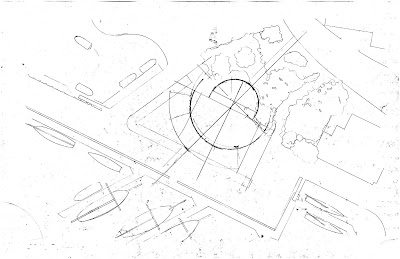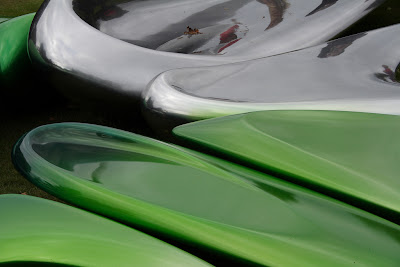This is the first of a series aimed at exhibiting and exploring the ecological art movement. Part 1 will feature Agnes Denes and her project:
Tree Mountain - A Living Time Capsule: 11,000 Trees, 11,000 people, 400 years.
Between 1992 and 1996, Denes created Tree Mountain. The project consisted of a series of architectural renderings on vellum featuring designs for a new forest to be planted in Pinziö, near Ylöjärvi, Finland. These works on paper became planning documents after the Finnish government decided to make Denes’ project its official Earth Day contribution at the Earth Summit in Rio de Janeiro, 1992.
This major earthwork and reclamation project was designed by the artist as a community undertaking. To accomplish this Denes invited 11,000 people to plant a tree. Each person become the custodian of a tree and received a certificate recognizing their role in the project.

Tree Mountain, Aerial View, 1992-96, Architectural rendering on vellum, 34 x 42 in.
Denes is currently designing a 25-year master plan for the Nieuwe Hollandse Waterlinie, 2000, in the Netherlands. Her goal is to unite a 100 kilometer-long string of forts dating from the sixteenth to the nineteenth centuries. She is incorporating water and flood management, urban planning, historical preservation, landscaping, and tourism into the plan.
















































